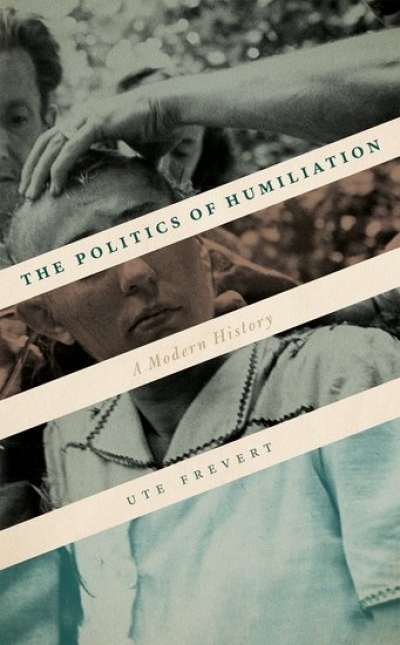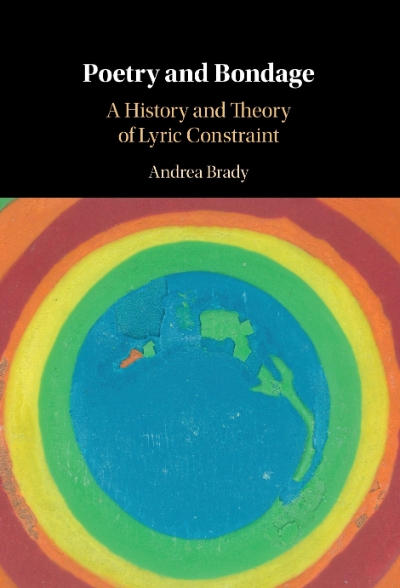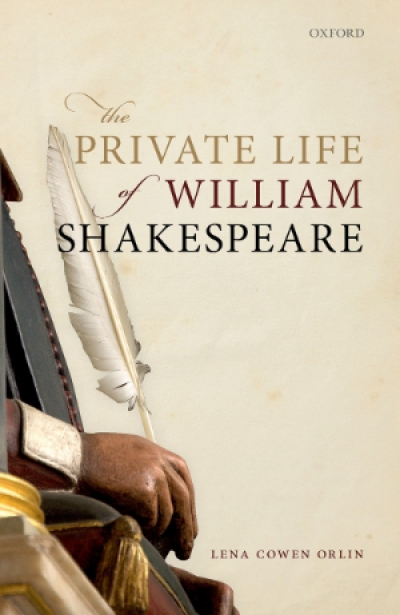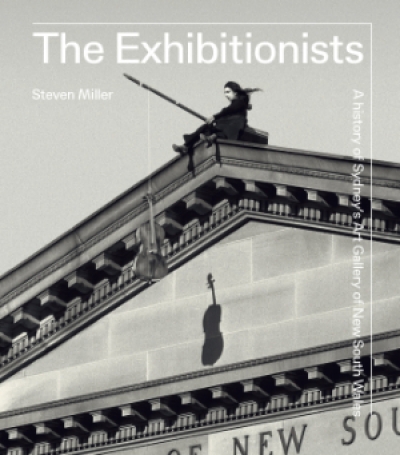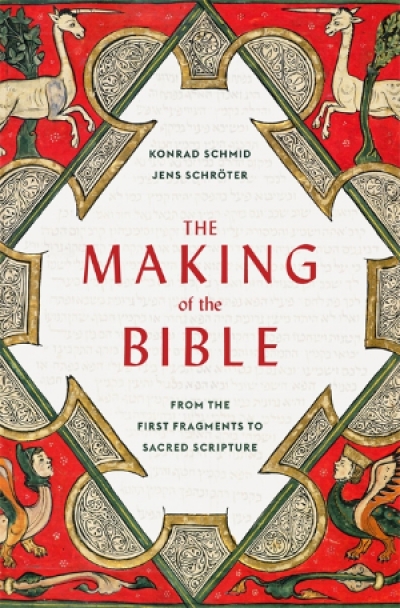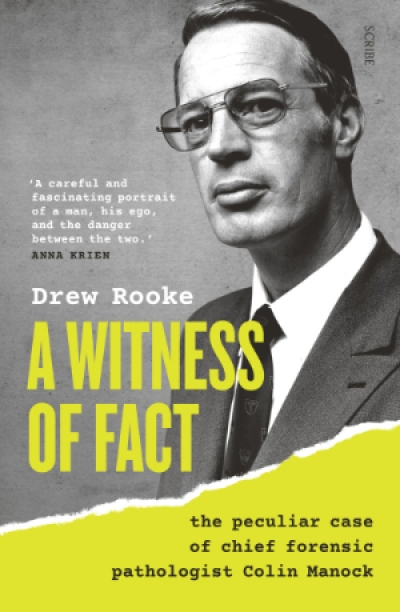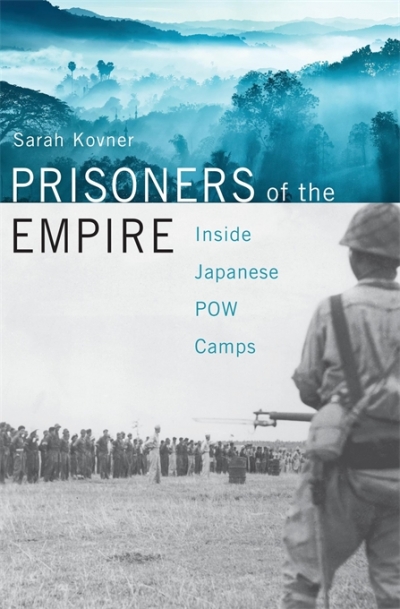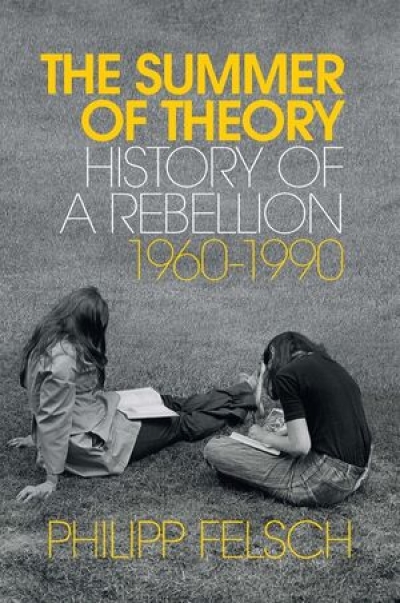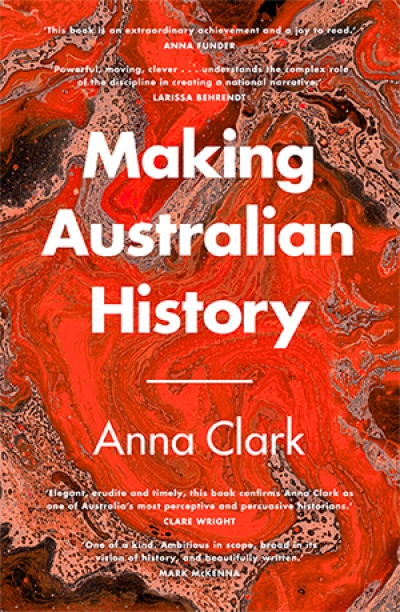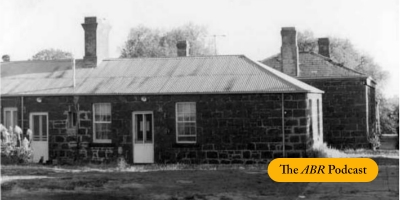History
As I started to read this book, right-wing extremists stormed the US Congress, spurred on by a president who was unable to accept defeat at the ballot box. It has long been recognised that Donald Trump is a narcissist, but, as Ute Frevert aptly points out in The Politics of Humiliation, narcissism and shame are closely related. Trump feels humiliated by his defeat and is therefore psychologically incapable of accepting his loss, on any level. But there is another side to Trump’s behaviour: he has been quite ‘shameless’ in the way he bends truth and humiliates other political leaders.
... (read more)Poetry and Bondage: A history and theory of lyric constraint by Andrea Brady
Andrea Brady’s monumental study of poetry and constraint focuses on ‘the ways that poets invoke bondage as metaphor while effacing the actuality of bondage’. Milton’s aspiration to deliver poetry from ‘the modern bondage of rhyming’, and Blake’s injunction that ‘poetry fetter’d, fetters the human race’, associate formal freedoms with political liberation. The modernist discovery of free verse was quickly followed by a formalist reaction in the 1940s, which was in turn displaced by renewed experimentation over the following decades.
... (read more)The basic facts of William Shakespeare’s life – his baptism, early marriage, three children, shareholder status in his playing company, acquisition of a coat of arms, purchase of New Place in Stratford, and his death in 1616 – are well known. Is there anything new to say?
... (read more)The Exhibitionists: A history of Sydney’s Art Gallery of New South Wales by Steven Miller
The Western, colonial, patriarchal hegemony having eroded somewhat in recent years, the purposes and methods of art and of museum management and curatorship are undergoing fundamental change. Formerly unchallenged Anglophone-transatlantic canons and practices have been undermined by broader international perspectives, by the impact of digital technologies, and by the politics of identity – in ethnicity and nation, gender and sexuality.
... (read more)The Making of the Bible: From the first fragments to sacred scripture by Konrad Schmid and Jens Schröter, translated by Peter Lewis
The Bible is a collection of books with a long history. Not surprisingly, there is little agreement as to precisely which books it contains and what their collective importance might be. In The Making of the Bible, a distinguished Old Testament scholar, Konrad Schmid, and an equally prominent New Testament specialist, Jens Schröter, have combined forces to produce a volume (elegantly translated from the German by Peter Lewis) that outlines how different forms of the Bible came into being. Their focus is historical and philological rather than theological or literary. Yet the story they tell is engrossing: that of an unstable world needing to attend to the values of God’s kingdom. They help a non-specialist reader appreciate the fascinating diversity of ways in which the Bible’s message was regularly reinterpreted in a changing political situation.
... (read more)A Witness of Fact: The peculiar case of chief forensic pathologist Colin Manock by Drew Rooke
Drew Rooke begins A Witness of Fact in the viewing gallery of Adelaide’s Forensic Science Centre, his eyes scanning the stainless steel benchtops, scissors, ladles, a pair of ‘large, heavy-duty shears used for cutting through ribs’, and an arsenal of knives of different styles and sizes – ‘what you would see in a commercial kitchen’. The atmosphere is cool, sterile, and menacing. This is where disgraced forensic pathologist Colin Manock worked for thirty years. Given that this book is about Manock, the opening could be confused with scene-setting. But there is a deeper significance to the author’s choice of words, one that goes to the heart of his book: what transforms knives in a commercial kitchen into specialist tools of medical forensics?
... (read more)Prisoners of the Empire: Inside Japanese POW camps by Sarah Kovner
The suffering of prisoners of the Japanese dominates many Australians’ memories of World War II. More than 22,000 men and almost forty women were captured in Southeast Asia between 1942 and 1945. About 8,000 of them died. Traditionally this high death rate has been attributed to a mix of Japanese cruelty and their refusal to observe international humanitarian law. The military code of bushidō, it is argued, meant that Japanese soldiers had no respect for enemies who had surrendered.
... (read more)The Summer of Theory: History of a rebellion, 1960–1990 by Philipp Felsch, translated by Tony Crawford
Theory of what?’ is the obvious lay response to Philipp Felsch’s title. But for those in the know, it goes without saying that he is talking about Theory with a capital T. That strange hybrid of philosophy, ethnology, and literary criticism cast its spell over participants in the student movement in Germany from the mid-1960s and in Paris after 1968. In the 1980s and 1990s, it reached the humanities departments of Anglophone academia, making a PhD dissertation without a Theory component a risky undertaking. This applied even in history, traditionally the most empirical of disciplines; and in 1994, Keith Windschuttle, soon to be prominent in the Australian ‘history wars’ about the interpretation of European colonisation, was provoked to write a whole book entitled The Killing of History: How a discipline is being murdered by literary critics and social theorists.
... (read more)There are many ways one might write a history of Australian history, but from any angle it’s a heroic project. In Making Australian History, Anna Clark is open about the difficulties, the possibilities, and her choices. How do you make sense of Australian history, she asks, amid a ‘swirl of changing sensibilities, methods, culture, politics and place’? How do you trace the story of a discipline across time, when each generation has defined the contours and boundaries of that discipline differently? How do you write a genuinely inclusive history of Australian History – one that gives due place to the full range of historical forms, not just those approved in academic circles?
... (read more)Melbourne’s Moreland City Council recently agreed to adopt a new name, after petitioning by Wurundjeri Woi-wurrung community leaders and prominent local non-Indigenous representatives. The petitioners argued that the name ‘Moreland’, adopted in 1839 by Scottish settler Farquhar McCrae, derived from a Jamaican slave plantation. Renaming the council was an opportunity to bring about greater awareness of both the global legacies of enslavement and the history of Indigenous dispossession. In this week’s episode, Samuel Watts reflects on the politics of memorialisation and its impact on public conceptions of history.
... (read more)

